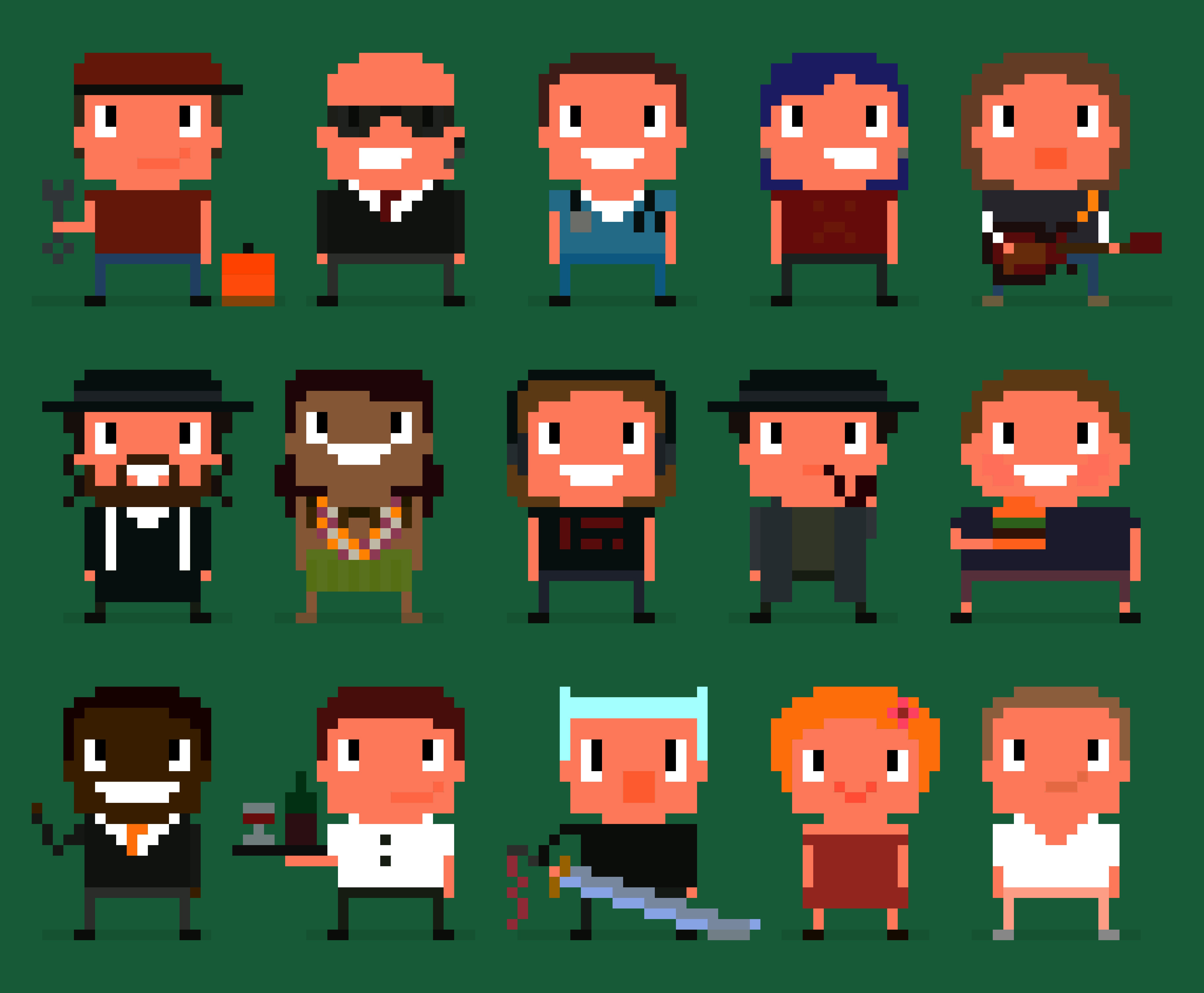
Who are games for, anyway? What kinds of people deserve to be depicted in them?
There’s a small but loud minority of people out there who want to tell you that video games belong to them and not you. Ladygamer? Person of color? Not straight? Nonconforming? They will persistently interpret your opinions about games and desire to enjoy them as forcing an agenda.
The latest target of ire among this perennially aggrieved subset of gamers is The Last of Us Part II. An April hack of the game’s developer, Naughty Dog, revealed a number of major plot points, including the role of Abby, an antagonist for the first half of the game who becomes its protagonist in the second. Abby has a serious grudge against returning heroes Ellie and Joel, and gets her revenge in brutal fashion.
A post about the leaks from the right-leaning website One Angry Gamer bemoans Naughty Dog’s “woke anti-Christian agenda” while savoring the dismay of fans of Ellie, a character described as “the much-beloved lesbian icon for the SJWs who love to sing this game’s praise on Twitter, but had no intention of buying the game.” The post concludes with the baseless statement that “naturally, everyone is losing their minds. Uniting in mutual disgust.”
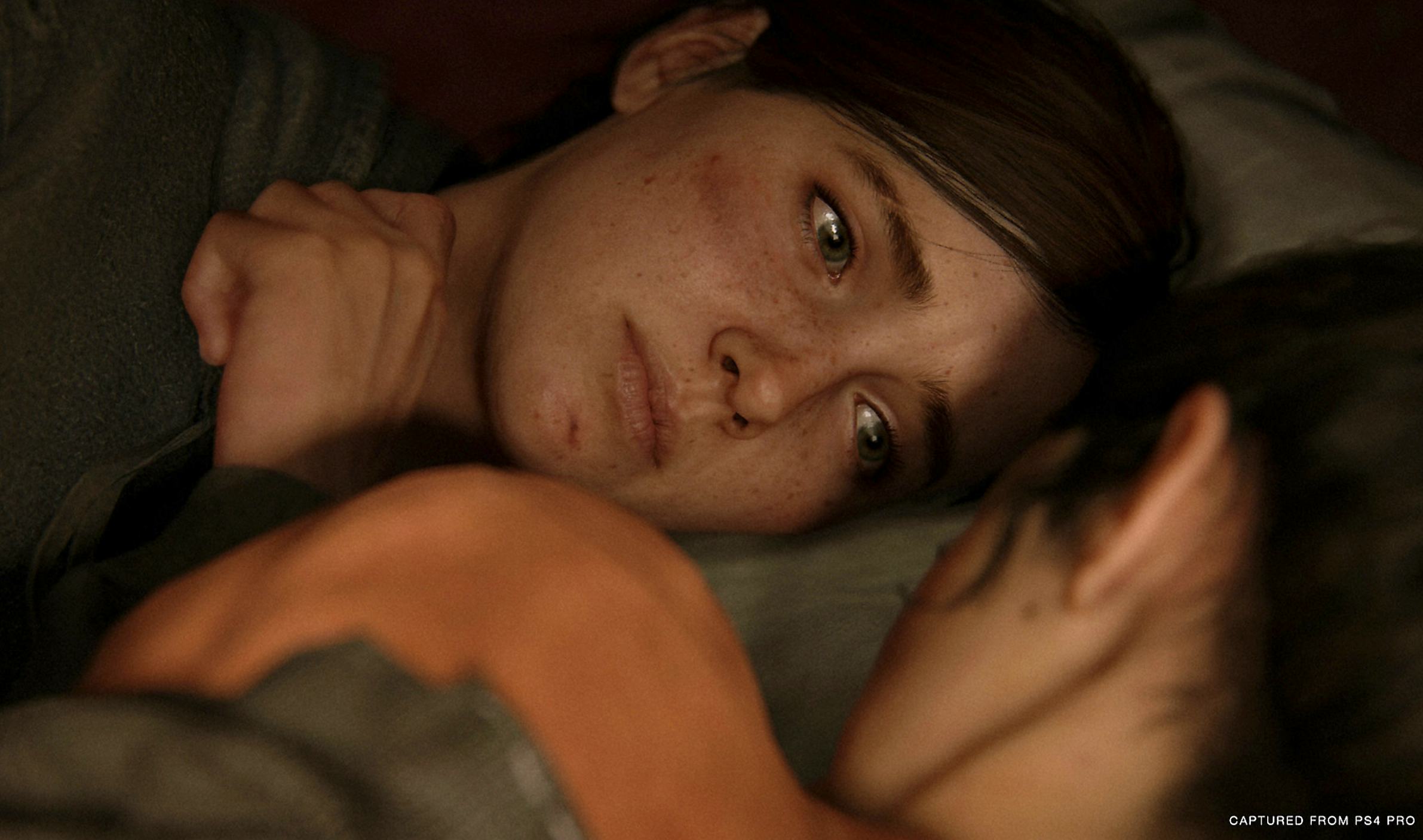
As Last of Us Part II leaks spread throughout social media that week in late April, a narrow but distinct thread of commentary about Abby’s appearance emerged: Broad shoulders and muscular arms sparked speculation that the character is trans, despite a total lack of confirmation in the leaked game footage.
Citing an anonymous source with unstated ties to Naughty Dog, Australian outlet Sausage Roll reported that “people who question the progressive narrative that Naughty Dog are injecting into their games are at high risk of losing their jobs.” After lamenting the “diversity” of the game’s new additions to the cast, the article drops an alleged bombshell from its anonymous source:
That’s not all. The characters in The Last of Us Part II are designed in such a way to not make trans people feel uncomfortable. Every single new character introduced in the sequel does not have definitive feminine or masculine qualities.
For Sausage Roll, this imagined trans takeover of the Naughty Dog series is the latest, most egregious example of an ongoing move by writer and director Neil Druckmann to push a “clear political agenda” through “extremely divisive and partisan plot devices.” The Aussie blog argues that creative lead Amy Hennig’s departure from the studio in 2014 was a watershed moment that paved the way for Ellie kissing a girl in the Left Behind DLC expansion for the original Last of Us, as well as the implied romantic relationship between Nadine and Chloe in the Uncharted 4 spinoff, The Lost Legacy.
You might recognize this line of argument as an iteration of the “slippery slope” logical fallacy, which assumes a small first step will trigger a chain of events resulting in a catastrophic overall outcome. It’s been trotted out to defend all manner of hateful bullshit for decades, even centuries, like segregation and marriage bans. You give an inch, the argument goes, and they take a mile. First Ellie kisses a girl, now every new character in the game is genderless.
This line of reasoning is known as a logical fallacy because, essentially, it’s never accurate.
What’s more, this alarmist hand-wringing about the character designs in The Last of Us 2 neglects to account for some pretty obvious elements of the story and setting. Maybe the characters aren’t that bothered about looking pretty or macho given the constant threat of death due to that whole fungal-zombie apocalypse thing? Perhaps?
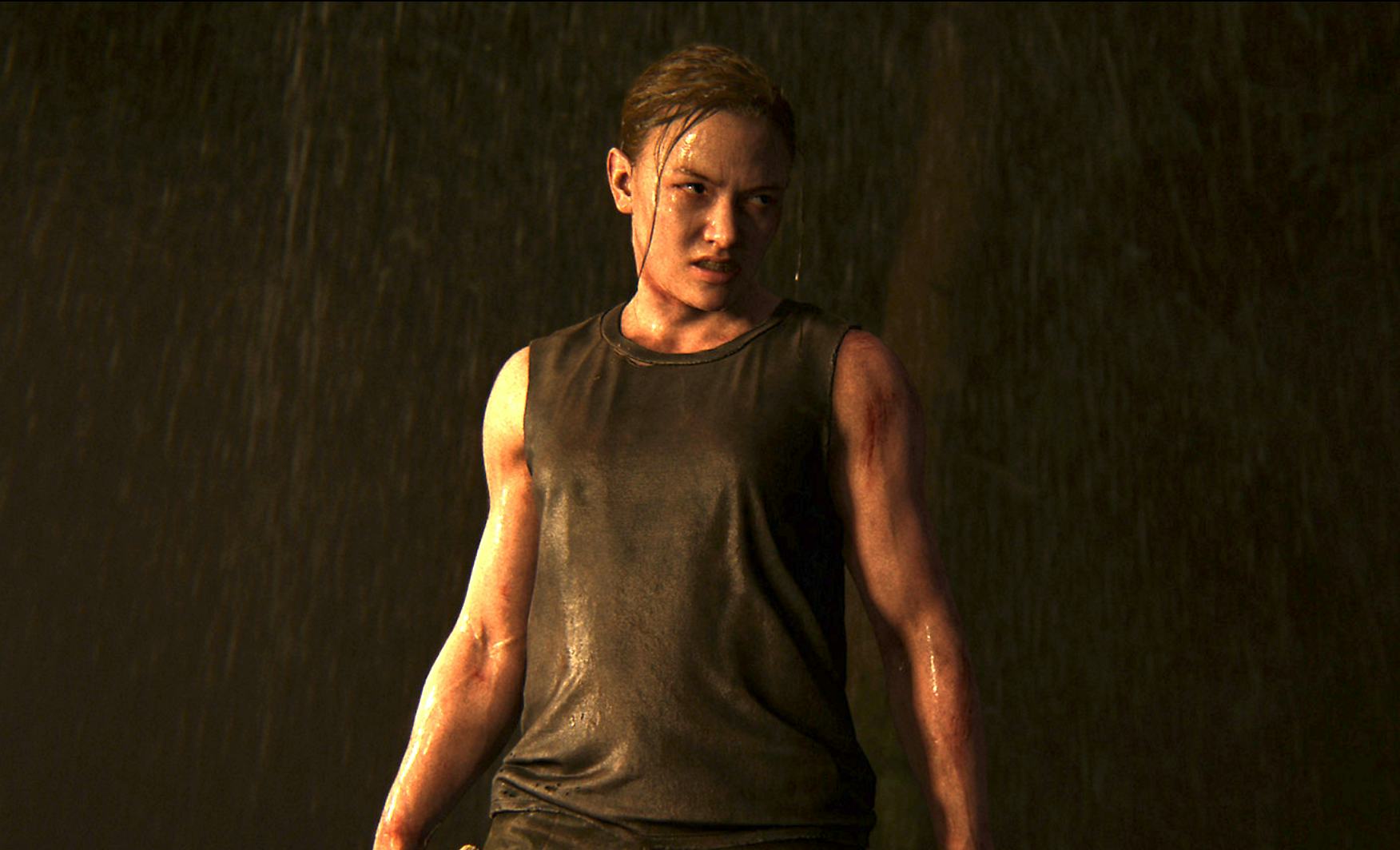
Not everyone who’s angry about The Last of Us Part II has a problem with Abby or anyone else in the game maybe-possibly being trans. Millions of players – the first entry in the series sold more than 20 million copies – will probably wait to judge the experience for themselves or see what reviews have to say. Even so, several weeks out from its release, there are already enough Abby shitposts out there to merit their own dedicated Know Your Meme page. The overriding message in them is clear. It’s bad enough that Abby hurts characters we love, but the memes implicitly deem two things unforgivable:
- Abby is not conventionally attractive to straight men (unquestionably the most important audience for all games).
- Naughty Dog asks players to quite literally identify as a person who is gender-nonconforming or trans by making Abby a playable character.
One particular post illustrates the first of these: a side-by-side comparison of Abby and Final Fantasy VII Remake’s Tifa Lockhart, which reads “American character design vs. Japanese character design.”
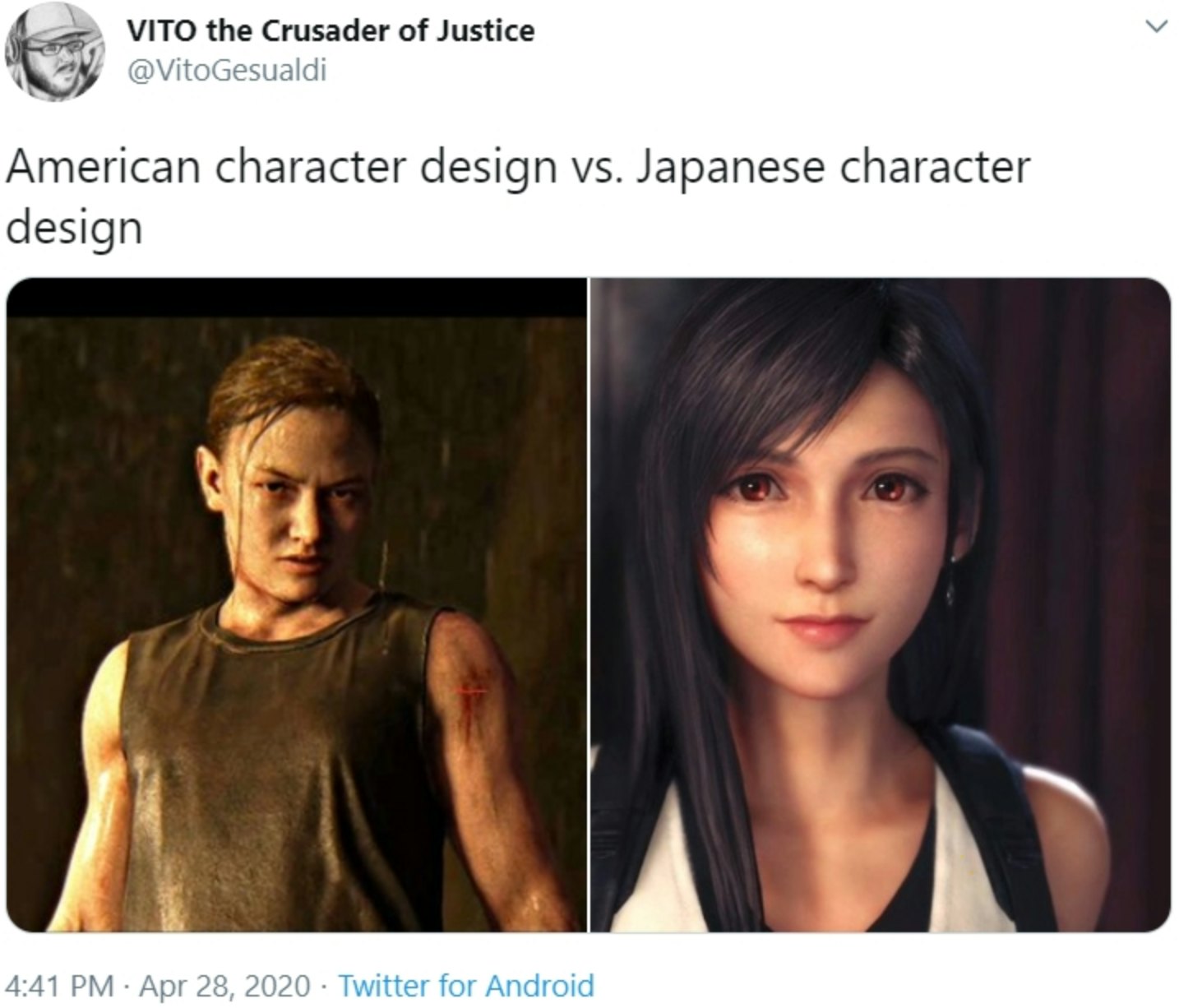
It’s an ironic comparison, given that Tifa’s FF7 Remake design had previously prompted howls of censorship from these same corners of the internet after director Tetsuya Nomura said Square Enix opted to tone down her “unnatural” boobs from the 1997 version of the game. Just a few months later, Tifa’s now being held up by this same group of doomsayers as the gold standard for what women in games ought to look like.
The second is a bit trickier to parse. On the surface, a handful of gamers are angry that The Last of Us Part II asks players to take on the part of a villain who supplants two fan-favorite characters. But really, this isn’t about Ellie or Joel. Playing as the villain isn’t all that new, and similar shifts in perspective have been widely celebrated in games since as far back as Metal Gear Solid 2 (2001) and Halo 2 (2004). (Don’t believe me? Ask Dunkey.)
What’s really ruffling feathers here is the prospect of being “forced” to understand and sympathize with a gender-nonconforming or trans person. If you can learn to care about Halo’s four-jawed lizard aliens, surely it’s possible to muster a bit of empathy for another human being, even one who doesn’t look like Tifa Lockhart.
It remains to be seen if the story of The Last of Us Part II will be successful and satisfying. But Naughty Dog’s challenge to outdated notions of who deserves to be seen in games is already a worthwhile one, regardless of what the haters say.

A gender expression sandbox — Unlike other female characters in The Last of Us Part II, and in most video games in general, Abby is more masculine than usual — her shoulders are broad, with defined biceps.
The reveal of a gender non-conforming playable character led many to believe Abby was in fact a trans woman, but there’s nothing to confirm that fact. Her voice actress, Laura Bailey, is a cisgender woman, meaning she was assigned female at birth, so Abby probably is too. However, the game still appears to include trans representation in the character Lev, played by trans actor Ian Alexander.
The ire from fans about having to play as a possible trans character brings up an interesting aspect of video games: how do trans gamers see themselves in the games they play?
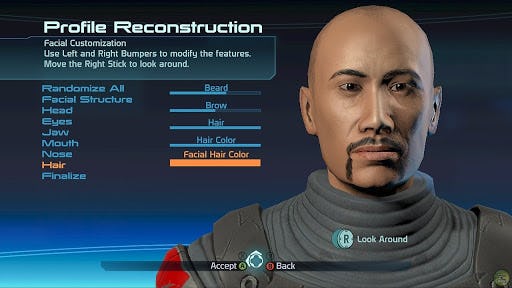
For many trans gamers, video games (especially those with character creation) provide a safe space to try on a new look without commitment. Early character creator tools were extremely binary, with not only just two gender options but overly exaggerated versions of the two. When experimenting with gender, this could be intimidating, but it could also heighten the gender euphoria of playing in a body type that fits.
For Esther Rosenfield, a movie and video games writer and a trans woman, these were early opportunities to explore her gender identity.
“The summer that I first started questioning, I played Mass Effect 3 and Skyrim for the first time,” Rosenfield tells Inverse. “I made female characters in both without really thinking about it. It wasn't until a little later that I wondered why I had made that choice so automatically, why it seemed so natural. It sounds silly, but it was one of the first things that made me start to ask those questions.”
On the other hand, for Leo Skaer, a nonbinary person, the restrictive choices of just two gendered models pose an issue.
“I tend to pick male character bases and give them long hair if possible, but if there’s only ‘default guy’ and ‘default girl’ options I’m more likely to pick the female character,” Skaer says.
It even affects their relationship with the game. “I just don’t really project myself onto the main character as heavily. It’s like acting rather than being immersed.”
This is why diverse character creation is important: It allows anybody a choice society doesn’t — the choice to pick their gender, no questions asked.
Gender expression, the way we present our gender to the outside world, is a complicated issue. It’s very subjective and can be limited by time, class, and resources. These restrictions are more or less erased by games with intricate and diverse character creators, allowing players to make a character that reflects the way they perceive themselves, instead of the way the outside world would perceive them, and through this they can find solace.
One of the first examples of these communities can be found in Second Life, the open-world simulator that allows players to express themselves any way they see fit and communicate with other real people in a way that’s comfortable. Some people might call these avatars catfishing, but for the trans players who made the transition, the Second Life characters aren’t a deception, their real-life personas are.
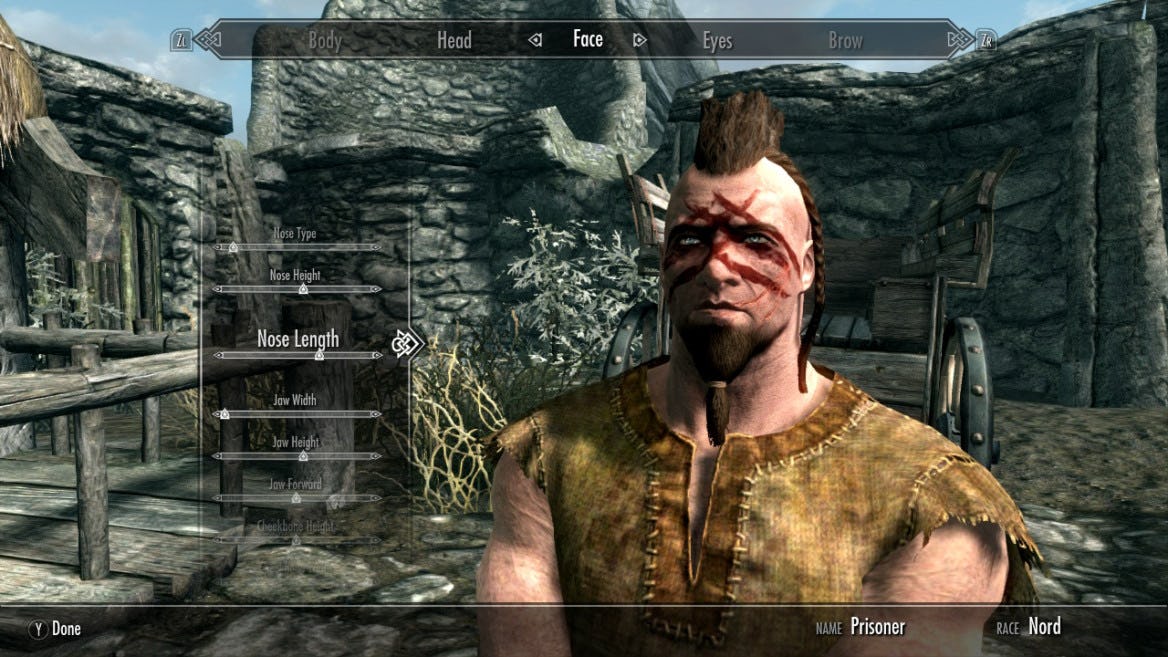
In the study “Choose Your Identity: Gender Identity Formation in Video Games,” Fresno City College communications professor Daniel Cavallero argues that how video games depict gender can influence the way gamers perceive themselves in the real world.
“As individuals see particular representations of gender, such as how certain bodies are depicted in video games, it can influence how we believe that body should look and act,” he writes.
While exaggerated bodies may affect the way we see gender, the very option of allowing the player to choose how they wish to present those genders, even if they are stereotypical, can be revolutionary in its own way.
In single-player games, diverse character creators can come from unexpected places. Jules Pigott, another gamer, tells Inverse how the first trans masculine character she ever made was in Saints’ Row 3, a gangland action-adventure game. Players are able to customize characters to have stereotypically male and female body types, but can also mix and match male and female voices.The more diverse the character creator was, the more likely she was to create a masculine character, Jules tells Inverse.
This is a perspective many cisgender players may not realize exists: for people who lie in the middle of the gender spectrum, it’s rare to feel truly “at home” in the binary characters available. This is why a character like Abby is important: Abby presents androgynously, potentially allowing representation for those who exist in between.
While Abby may provide representation for the gender non-conforming, the fact that Lev, despite not being a playable character, is played by a trans actor, provides even more representation for the trans community in an industry that doesn’t have the best history with queer issues.
For cisgender players, it may be worth considering why the idea of playing as a gender non-conforming character is off-putting, and how trans players may feel similarly about restrictive character sets even within character creators.

What representation looks like — Though Naughty Dog has yet to reveal whether Abby is actually a transgender character, The Last of Us Part II leaks highlight where game developers and fans have made strides with trans inclusion in recent years. It also exposes where both continue to fall short.
Video games have long resembled comic books and fantasy novels, in that their heroes tend to be cisgender, heterosexual, white, and male. As it stands, games appeal to more people than they adequately represent. So what does trans representation look like in gaming right now, and what form would future improvements take?
A handful of characters stand out as examples of trans representation in mainstream video games. Among them is Krem, from BioWare’s 2014 fantasy role-playing game Dragon Age: Inquisition. The developer consulted with a trans focus group in creating the character and earned a GLAAD award for its efforts. In 2014, Sam Maggs of The Mary Sue hailed the mercenary supporting character as “the awesomest representation” of a trans character “in a mainstream game.”
“The fact that BioWare has chosen to make a major side character in the game trans, and have a whole dialogue about it in-game, is a huge step forward in representation in mainstream gaming,” Maggs writes.
In February 2020, Xbox announced the upcoming narrative adventure Tell Me Why from French studio Dontnod Entertainment, the developer behind the Life is Strange franchise, which has drawn praise for its portrayal of queer romance. Tell Me Why follows the story of siblings Alyson and Tyler, who return to their childhood home in Alaska to confront an old trauma. Tyler is trans, and transitioned from female to male prior to the start of the game’s story. Tell Me Why may be the first mainstream video game with a default trans protagonist, played by August Black (a trans actor).

“Given the themes we explore and the nature of the story, it resonated to the essence of our game to have Tyler be a trans man,” director Florent Guillaume told VG247. “We understood the risks but also the responsibility it would mean to create a character as realistically as we possibly could. We decided not to shy away because we believe in the force of our story.”
Trans representation is becoming more commonplace in games, but it’s a slow and imperfect process.
“Asking whether or not diverse representation is present in a game stops short of understanding how that representation matters,” assert the authors of a 2018 article in the journal Game Studies.
“A transgender character that misrepresents transgender people may cause more damage than no representation at all,” the authors continue. “The gaming industry is still very much a straight, cisgender, male-dominated space … Despite best efforts, misinterpretations happen when adding diversity to media.”
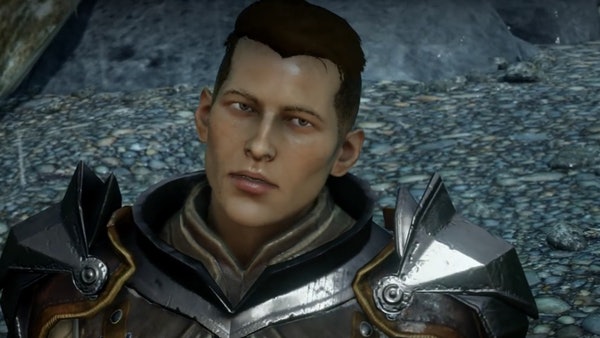
So what to make of Abby? Whether or not the character turns out to be trans, games like The Last of Us II and Tell Me Why have the potential to start conversations and cultivate empathy.
Numerous academic studies have linked interactive narratives with improved empathy. In 2018, the University of Wisconsin-Madison found middle-schoolers who played a video game “showed greater connectivity in brain networks related to empathy.”
"If we can't empathize with another's difficulty or problem, the motivation for helping will not arise," Richard Davidson, director and professor of psychology and psychiatry at UW-Madison, said of the study. "Our long-term aspiration for this work is that video games may be harnessed for good.”
The old adage “walk a mile in their shoes” means something different when you can quite literally make a character walk with the flick of a joystick. Whether that’s assuming the role of a created character, or making one of your own, that’s up to you. What’s important is having the option to choose for yourself.
So who are games for? The answer is: every last one of us.








